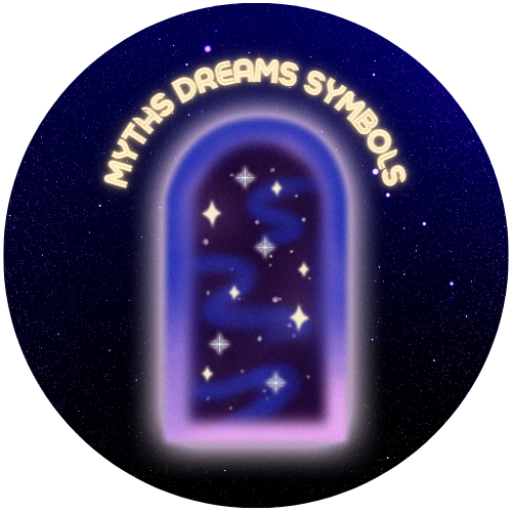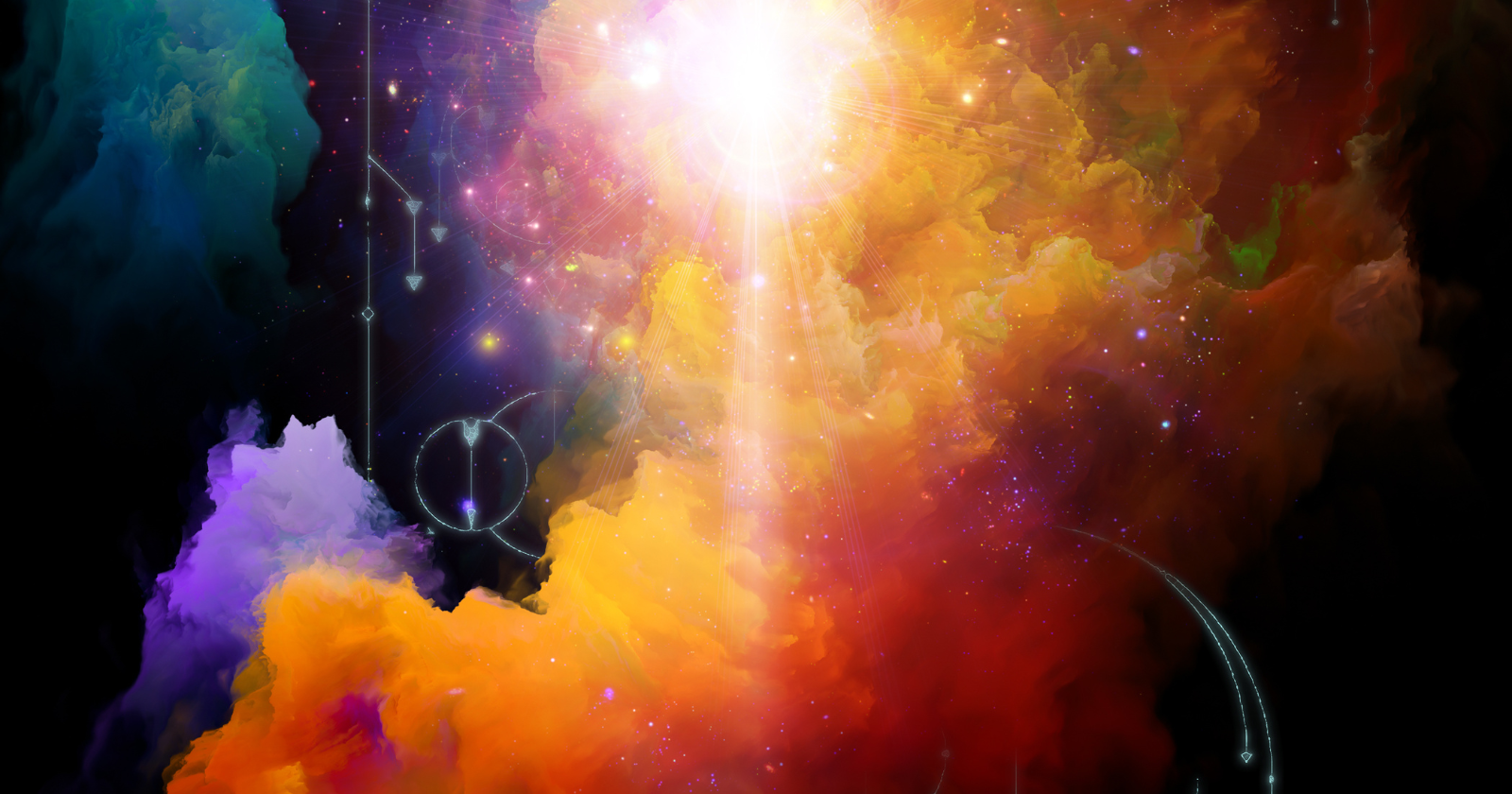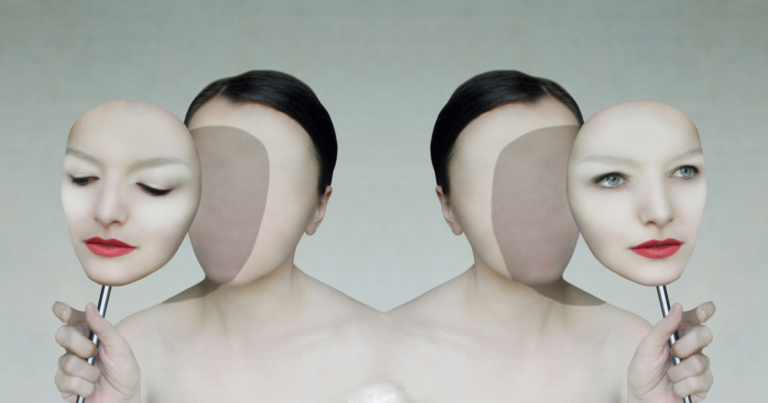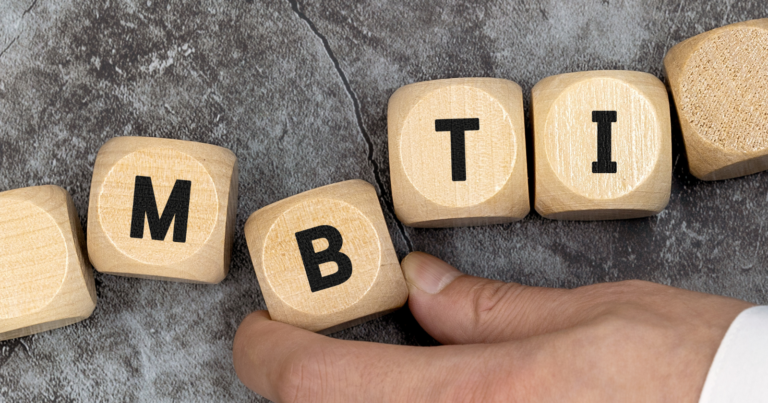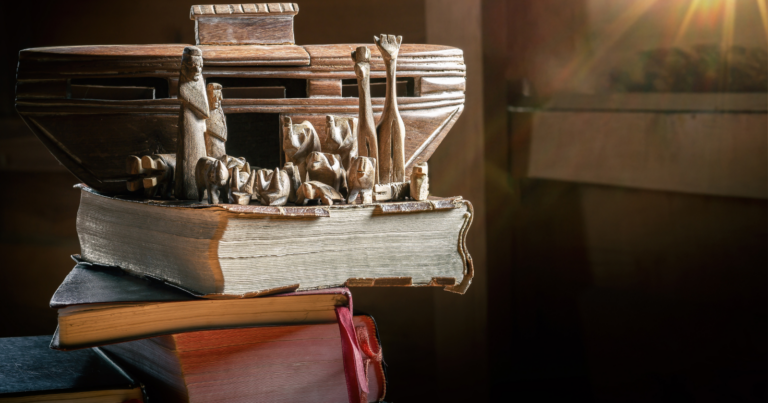In the intricate tapestry of human consciousness, myths and personal dreams weave together, forming a rich narrative that spans the collective and individual psyche. These stories, whether ancient myths from bygone civilizations or the dreams that visit us in the night, hold profound significance, offering insights into our deepest desires, fears, and questions about life. This exploration delves into the fascinating relationship between myth and our personal dreams, shedding light on how these narratives continue to shape our understanding of ourselves and the world around us.
The Mythical Framework of Dreams
Myths have served as humanity’s earliest form of storytelling, encapsulating the fundamental truths and moral lessons of societies. Similarly, dreams are our mind’s narrative during sleep, a personal myth-making process that draws from the well of our subconscious. Both are symbolic in nature, rich with imagery and motifs that transcend the literal to touch upon the universal truths of the human experience.
Archetypes: The Common Thread
Carl Jung introduced the concept of archetypes, primordial images and themes that reside in the collective unconscious. These archetypes—the Hero, the Shadow, the Anima/Animus, and others—appear in myths across cultures and are mirrored in our personal dreams. They act as the bridge between myth and dream, illustrating common patterns of human life, from the journey of growth and self-discovery to the confrontation with our darker aspects.
Personal Dreams as Modern Myths
Our personal dreams can be viewed as modern myths, stories crafted by our subconscious that, while deeply personal, are rooted in the universal experiences of love, loss, conflict, and redemption. Just as myths use gods, monsters, and heroes to depict life’s trials and triumphs, our dreams use familiar people, places, and scenarios to convey messages about our waking life, struggles, and aspirations.
Decoding the Symbols
Both myths and dreams are laden with symbols—a language beyond words that conveys the essence of human emotions and experiences. Understanding the symbolism in myths can provide a key to deciphering our dreams. The serpent, for example, may represent transformation or danger in mythological contexts, and similarly, when it slithers into our dreams, it may indicate impending change or hidden threats.
Navigating Life Through Myth and Dream
By reflecting on the myths that resonate with us and exploring the recurring themes and symbols in our dreams, we embark on a journey of self-discovery. This process allows us to uncover hidden aspects of our psyche, offering guidance, healing, and a deeper connection to the collective human story. Just as heroes in myths face their trials with courage, our dreams invite us to confront our fears, embrace our potential, and navigate the complexities of life with greater awareness and insight.
Conclusion: The Timeless Dialogue Between Myth and Dream
The relationship between myth and our personal dreams is a testament to the enduring power of narrative to illuminate the depths of the human soul. In this timeless dialogue, myths offer a framework for understanding the universal themes of our existence, while our dreams provide a personal lens through which we can interpret these themes in the context of our own lives. Together, they guide us on our path to understanding, enriching our journey with wisdom, inspiration, and a sense of connection to the larger tapestry of human experience.
As we continue to explore the interplay between myth and dream, let us embrace the wisdom they offer, allowing it to enlighten our path through the mysteries of life and the labyrinth of our own subconscious.
